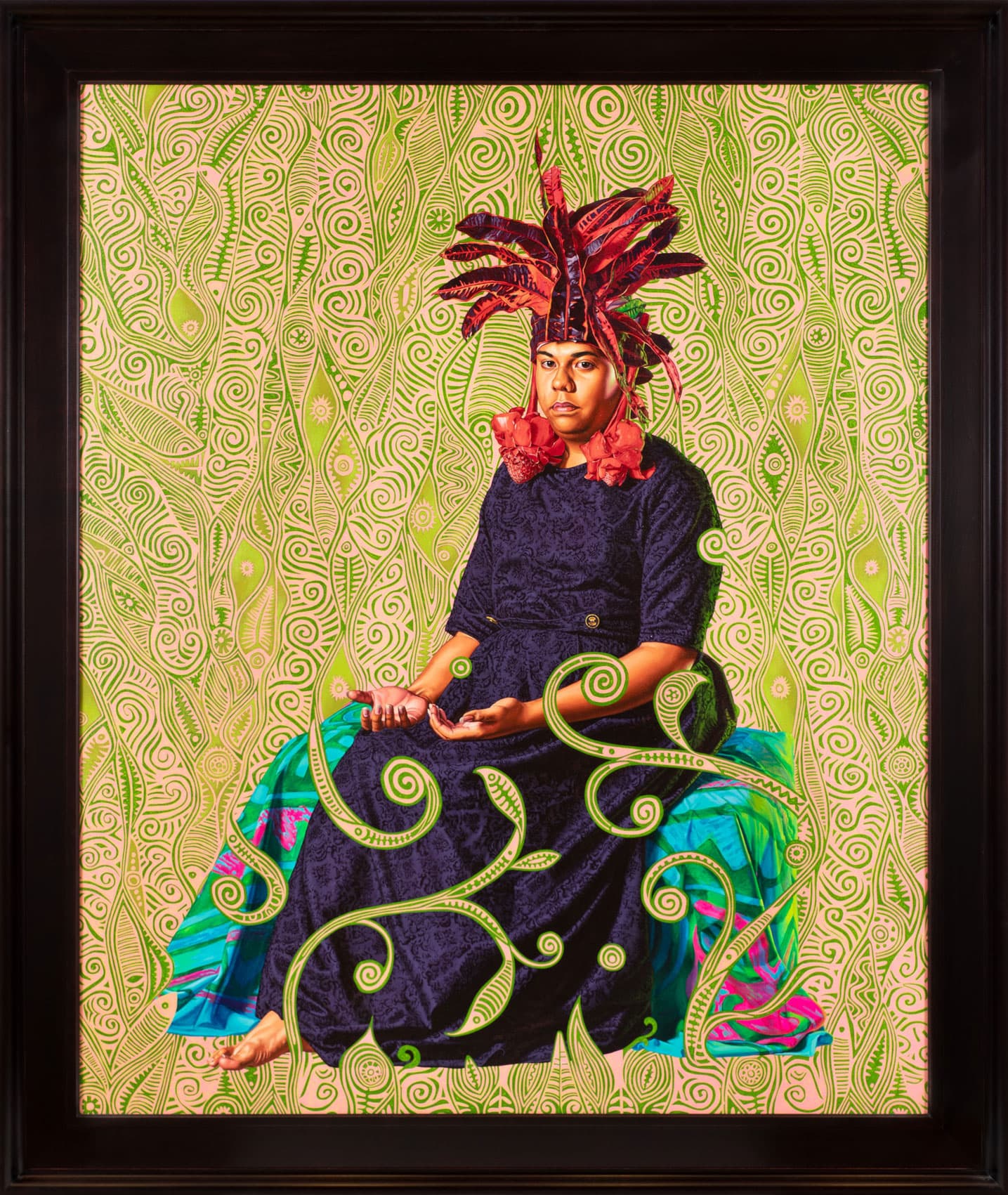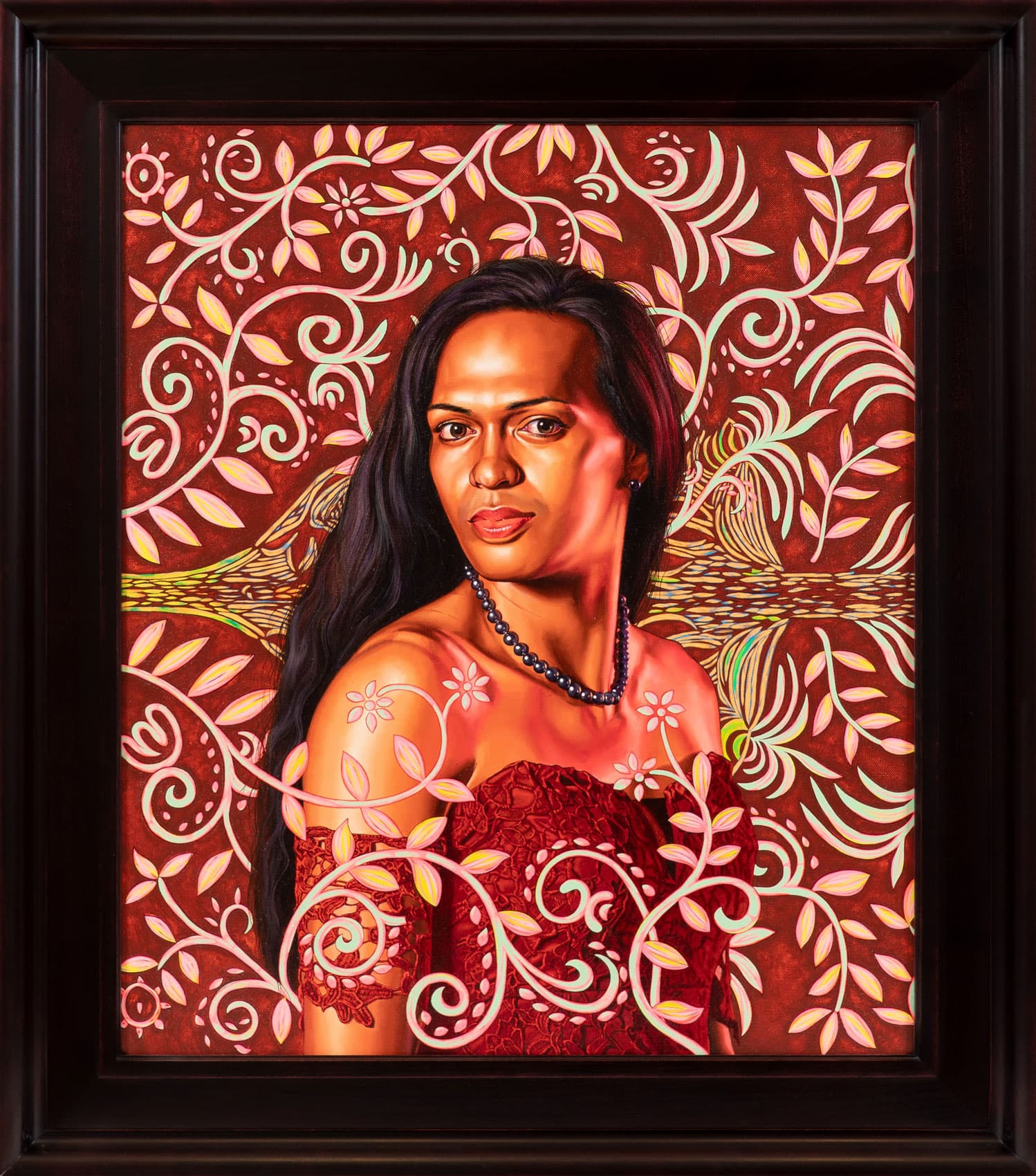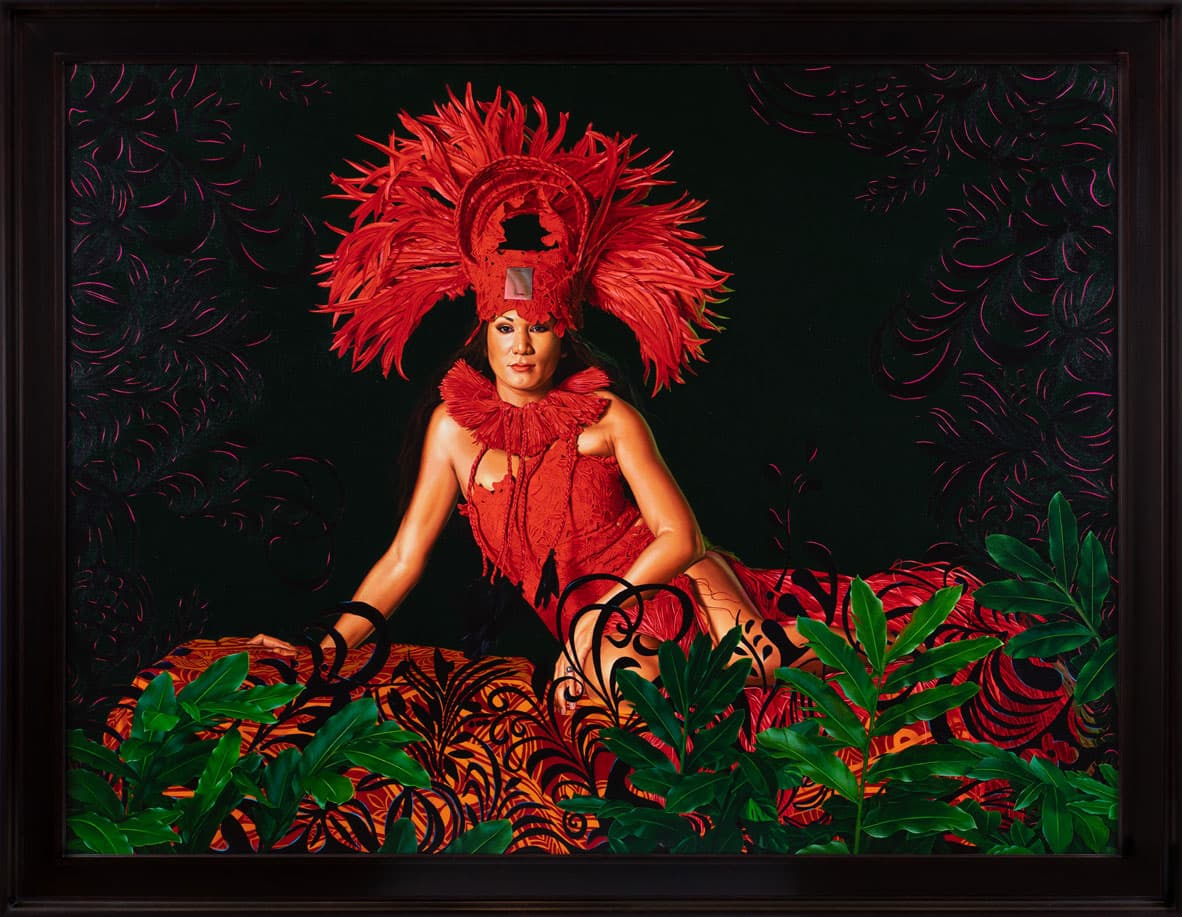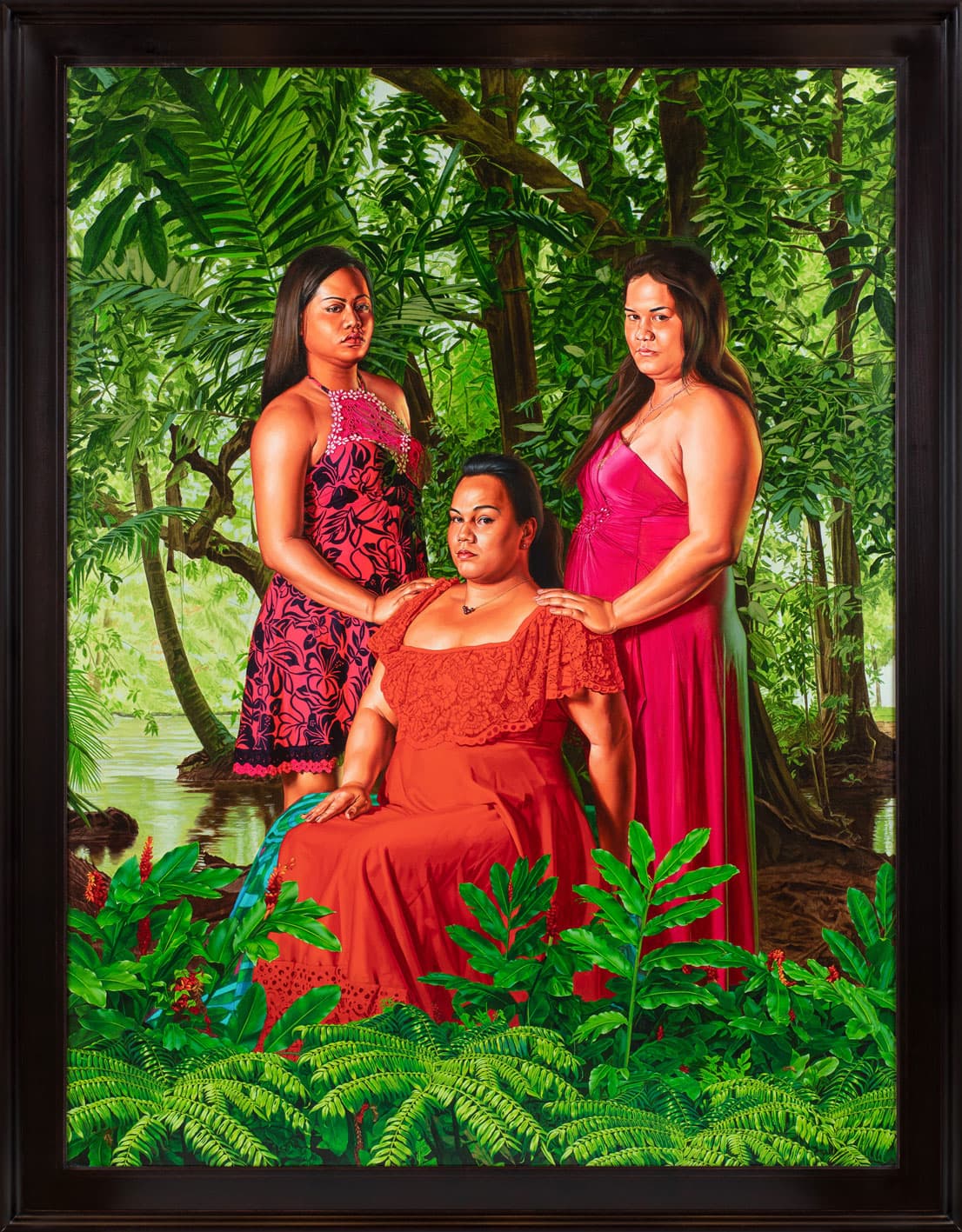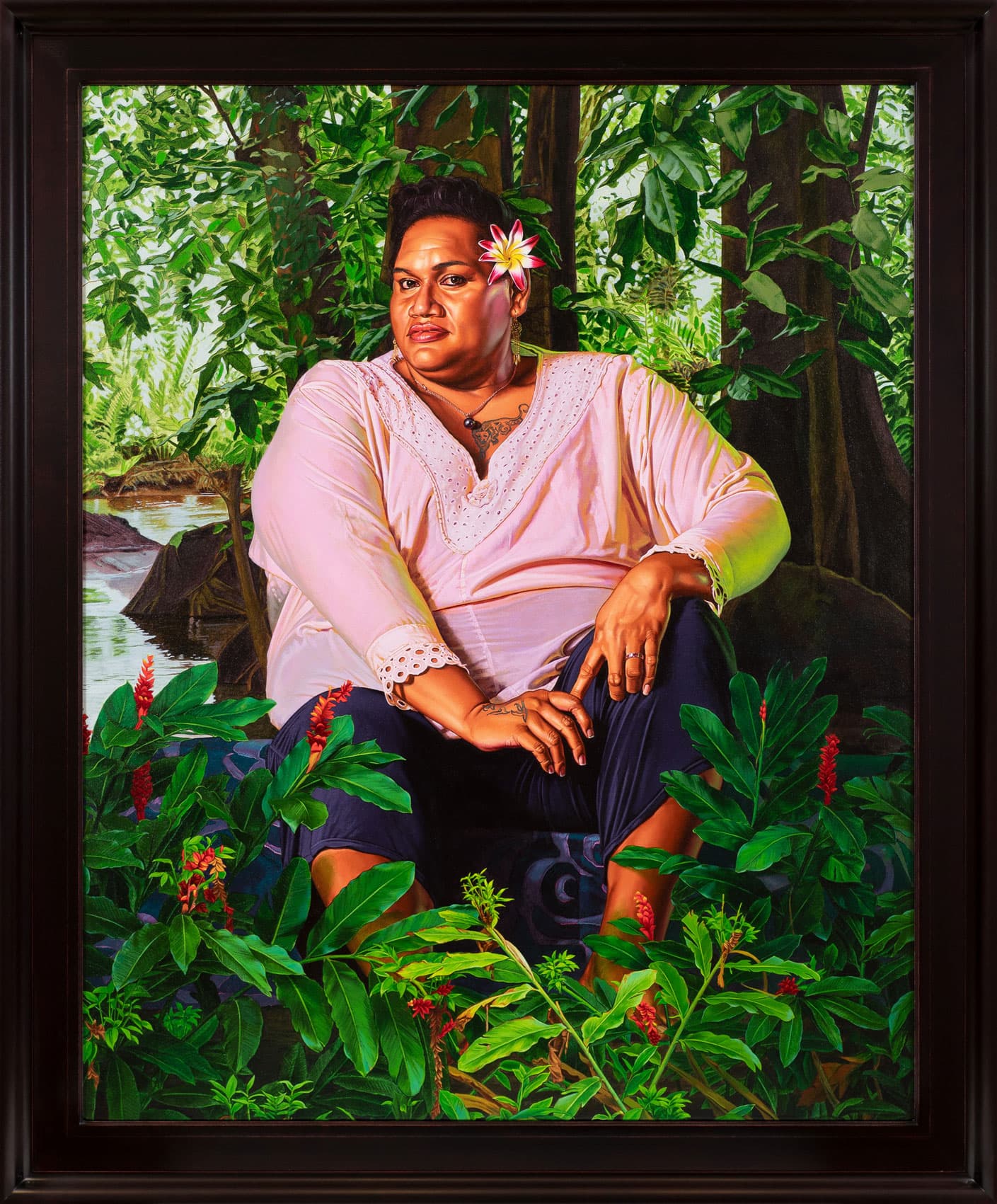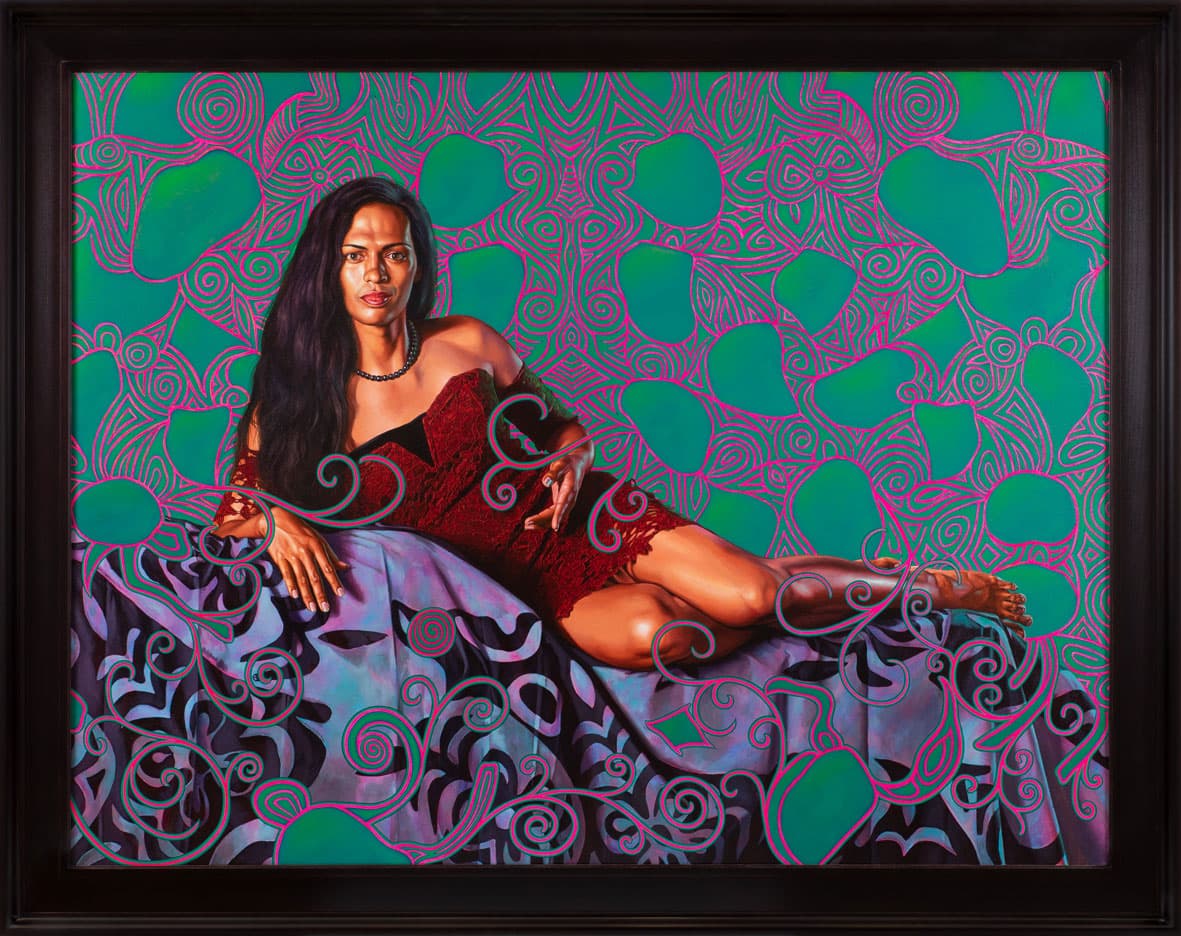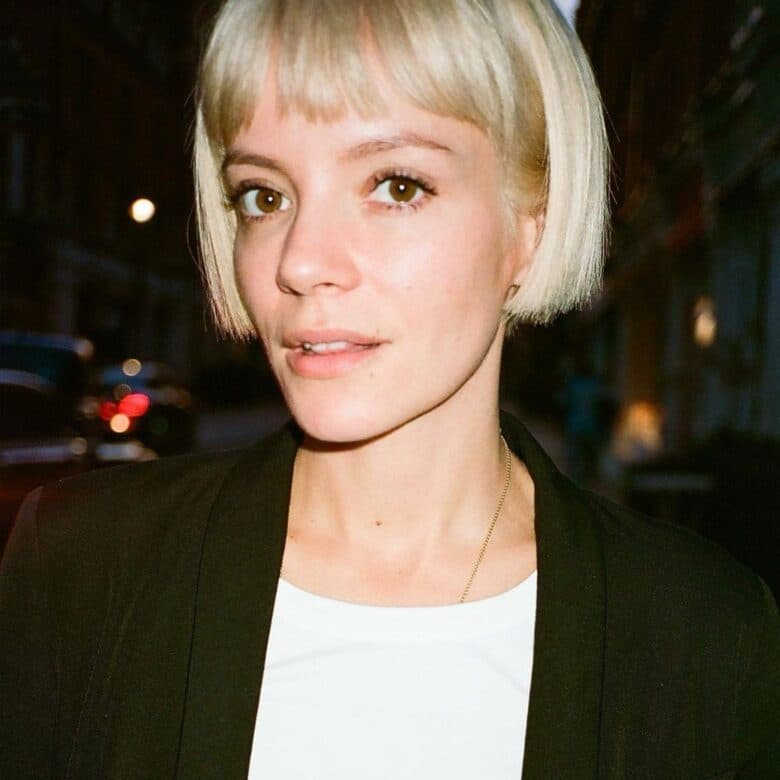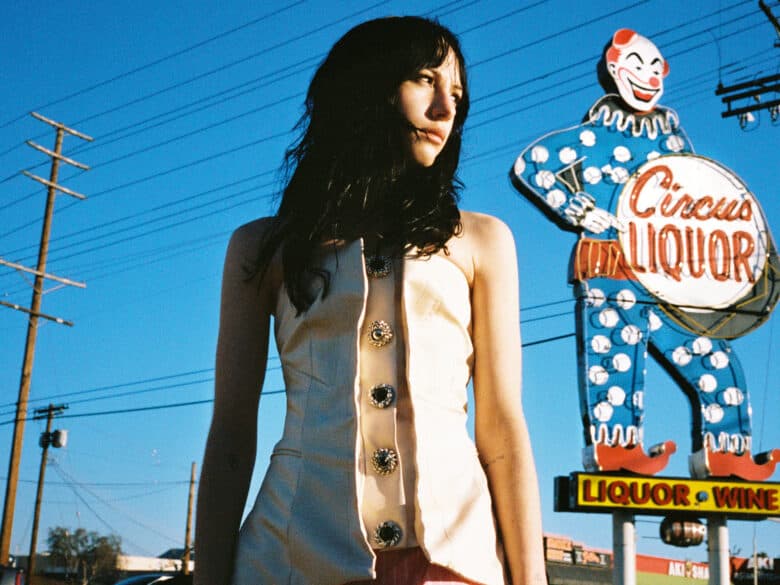Kehinde Wiley’s portraits of Tahiti’s third gender
As one the most celebrated artists of this generation, Kehinde Wiley has encountered his fair share of powerful figures. Last year he was commissioned by Barack Obama to paint his official portrait, while his Rubens-inspired depiction of Michael Jackson was the centrepiece of the National Portrait Gallery’s recent On the Wall exhibition. But his latest subjects have been largely unknown to the rest of the world until now
The LA born painter has recently returned from a year spent on the French Polynesian island of Tahiti. The resulting series of paintings tell the story of Tahiti’s Māhū community – the third gender, a non-binary people who exist somewhere between male and female.
Referencing the French artist Paul Gauguin’s famously exoticised portraits from the turn of the 20th Century, the series confronts the objectification of black and brown bodies throughout art history.
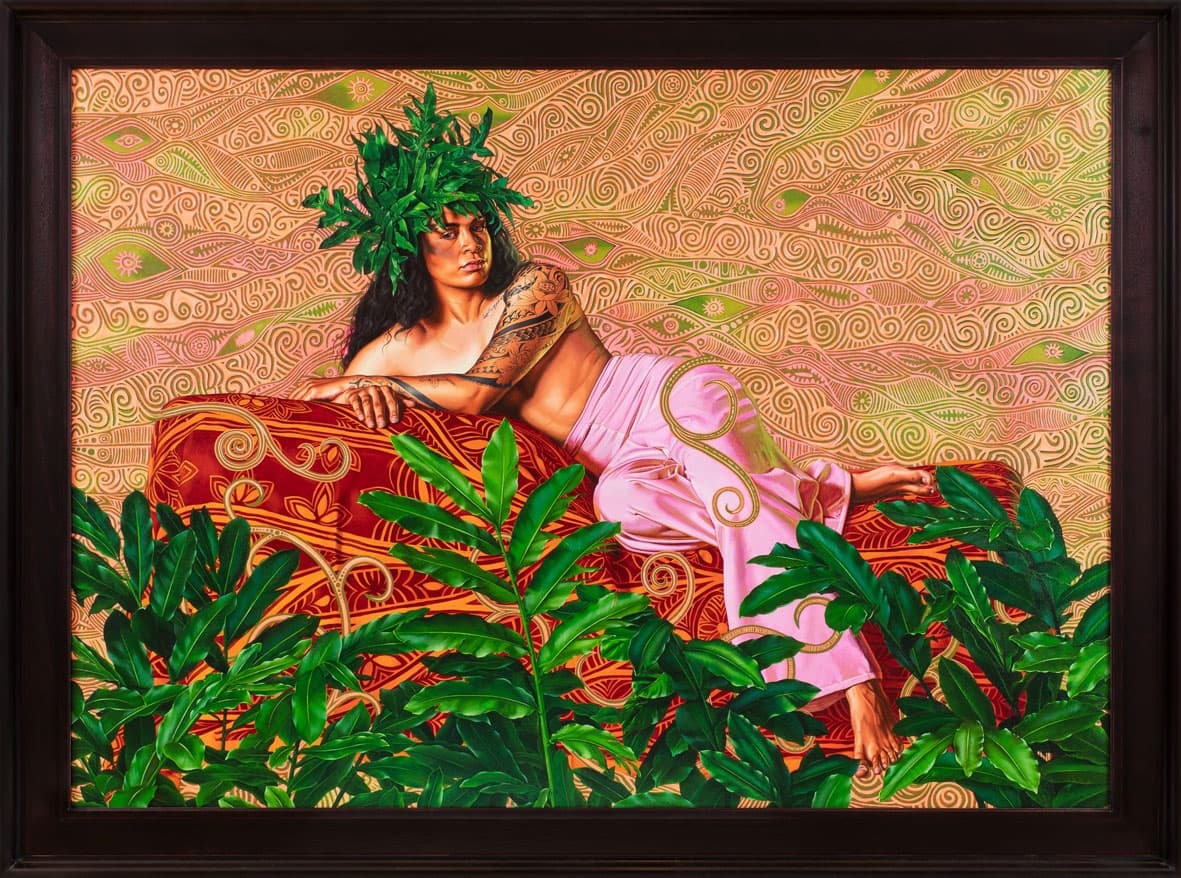
“Many people from France went to Tahiti to find themselves. I don’t even know what that means. Why is it that white men in history seem to need to go to black and brown nations to find themselves?” he says. “The women I found, were found. They had found themselves already and they were firmly rooted in the tradition that is their own.”
As a student at the San Francisco Art Institute, Wiley admired and appreciated the aesthetic beauty of Gauguin’s work, but could not look away from the problematic aspects of his images framing trans women as sexual objects and colonialist fantasies.
“Gauguin is the elephant in the living room. I wanted to look at Gauguin, but I also wanted to look away. I wanted to honour it and disrespect it. There’s so much about history that can be endured and enjoyed.”
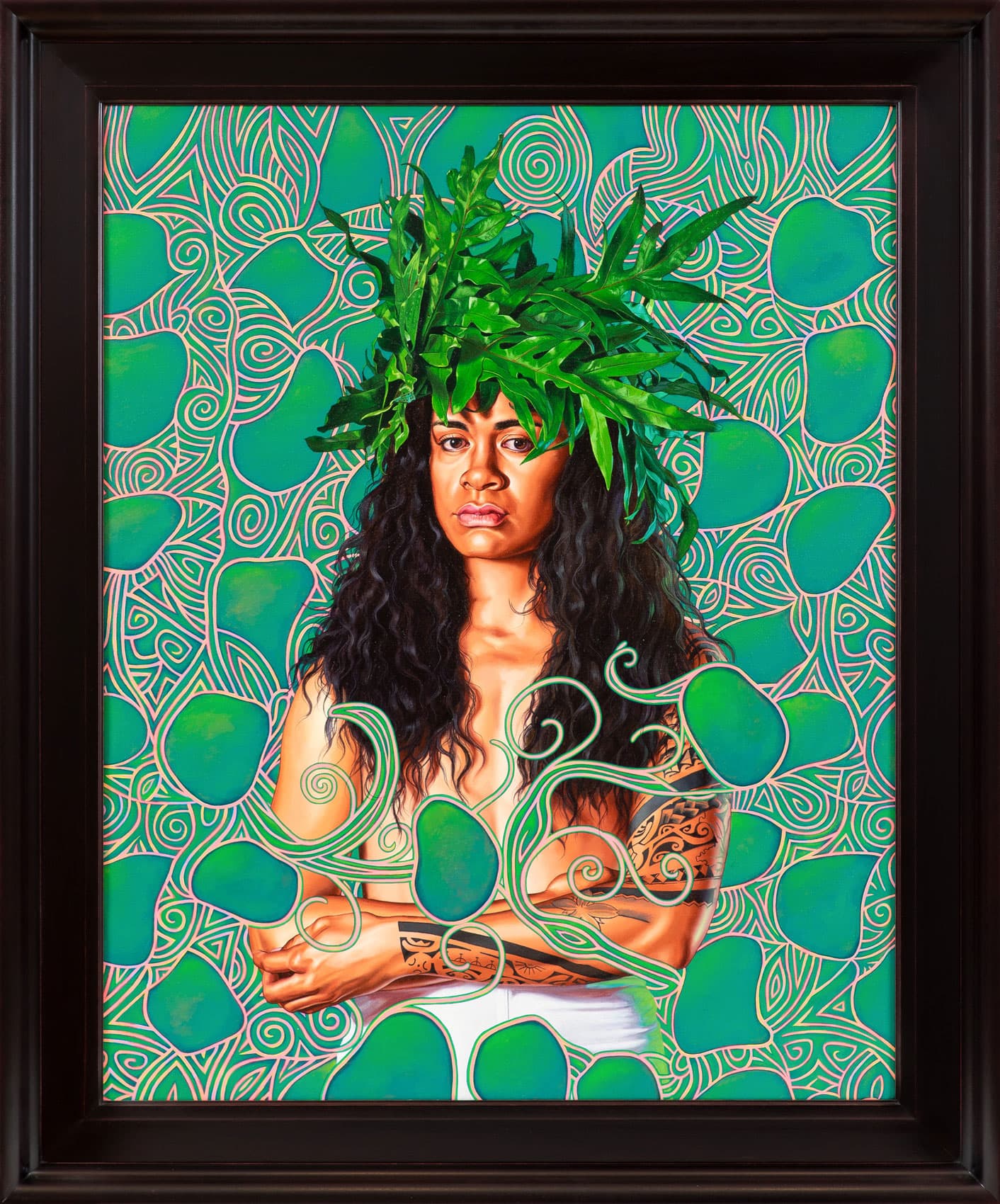
While living in Tahiti, Wiley found the Māhū women had much more of a voice and visibility within the society than he had expected.
“It’s not some rarefied thing. They are integrated fully into life so you can create an exhibition like this simply by walking and living your everyday life. They are a minority in the same sense that LGBT or queer people are minorities in every population, but the way they are seen in the community is completely different. It’s so easy to give Western ideas about what that is.”
He met his models through encounters in everyday life, while walking the streets or going to clubs on the island. “There’s a sensibility, there’s a grace – it’s a magic. You see a person and you know they’re going to be a beautiful subject. ”
In creating the portraits he wanted the process to be collaborative, inviting the models to choose their own costumes and their own poses. “They’re deciding how they want to appear. I actually suggested some Gauguin poses to them and they didn’t want to do them!”
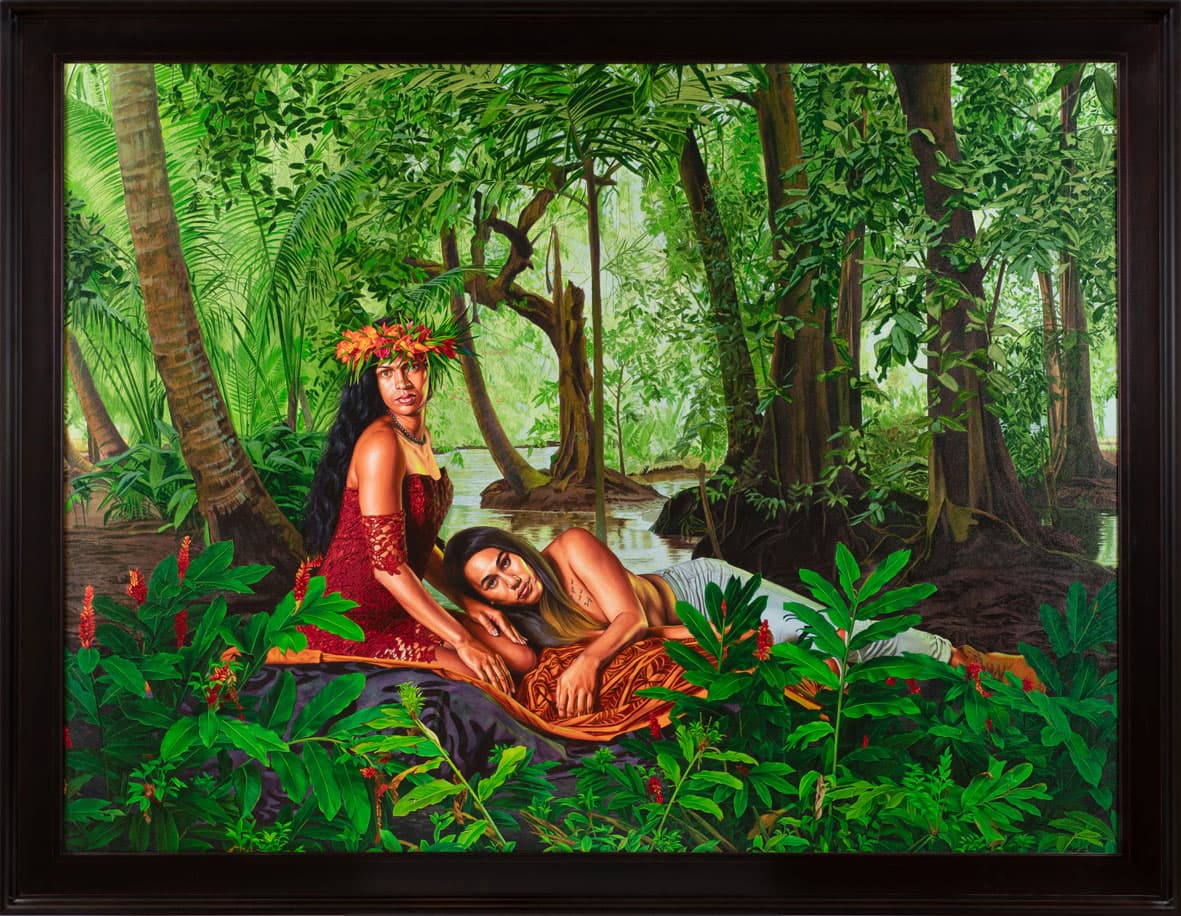
For Wiley, the series asks us to reconsider our gaze and how it is has been framed to perceive the ‘Other’.
“So often we look at these paintings and we think about at the people in the paintings as passive but actually they’re telling their own stories. They’re smart. They’re engaged. They’re passionate. We have to get away from these notions about who those people are out there – those trans people, those brown people. There’s a lot of agency here.”
Alongside the portrait series at Galerie Templon in Paris, Wiley has produced his first major video installation around his time in Tahiti, which presents conversations between the Māhū community and explores the constructed idea of the island as an exotic idyll.
“Pre-colonially before the French presence in Tahiti, the Māhū community was considered to be a very useful and very necessary part of the conversation about gender. It was a third gender that was necessary and it continues to be in the 21st Century. These women are telling their stories.”
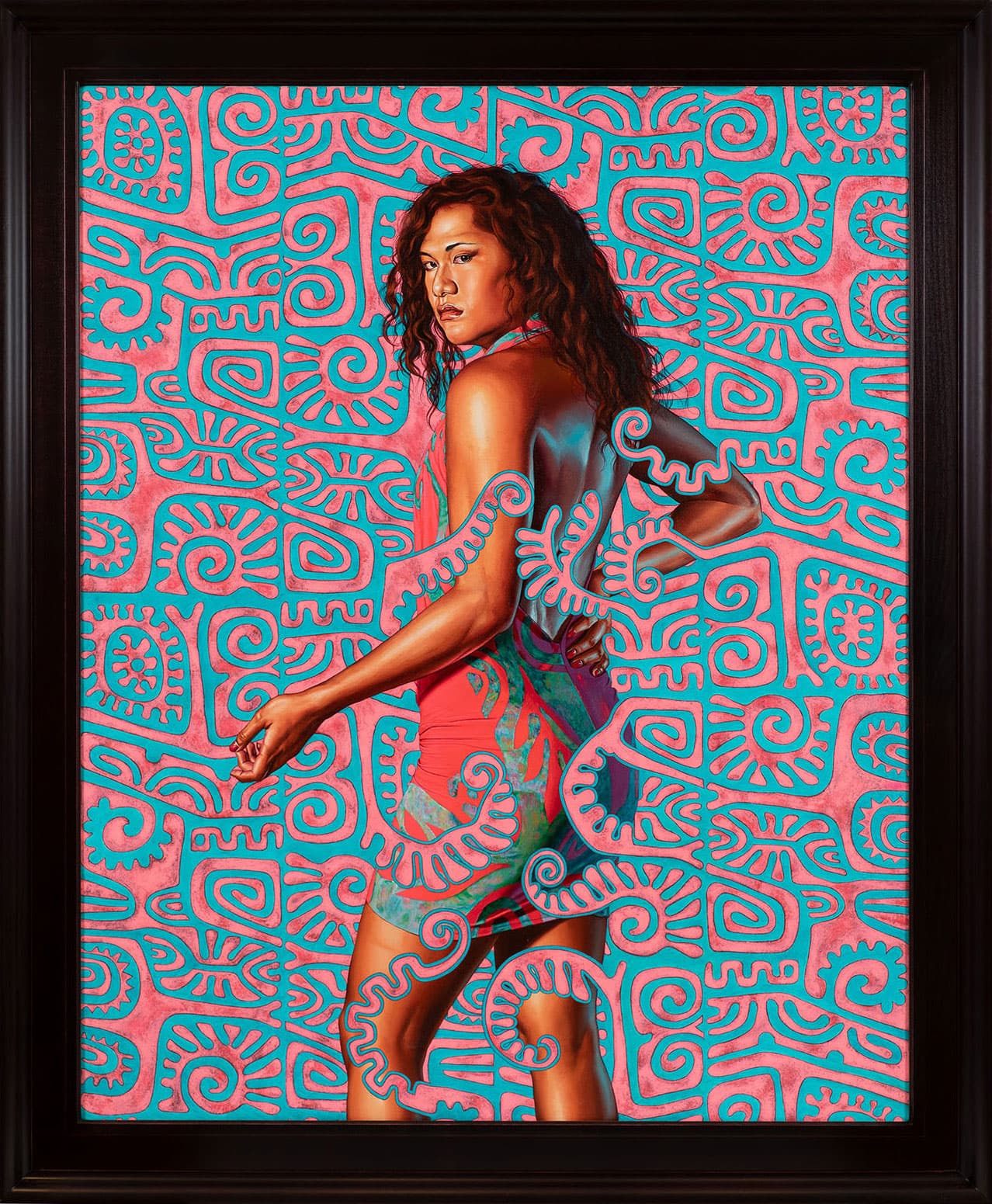
Whether casting his models on the streets of New York, painting hip-hop icons or local heroes, this impulse to redress the canon of European art and give power to unheard voices through portraiture is a theme that continues to inspire and shape his work.
“I know that portraiture is impossible. The philosophical notion that portraiture is able to tell a certain truth is bankrupt. But I’m trying my best to be loyal to my subjects.”
Tahiti – Kehinde Wiley is on view at Galerie Templon in Paris until July 20th – find out more about the exhibition
